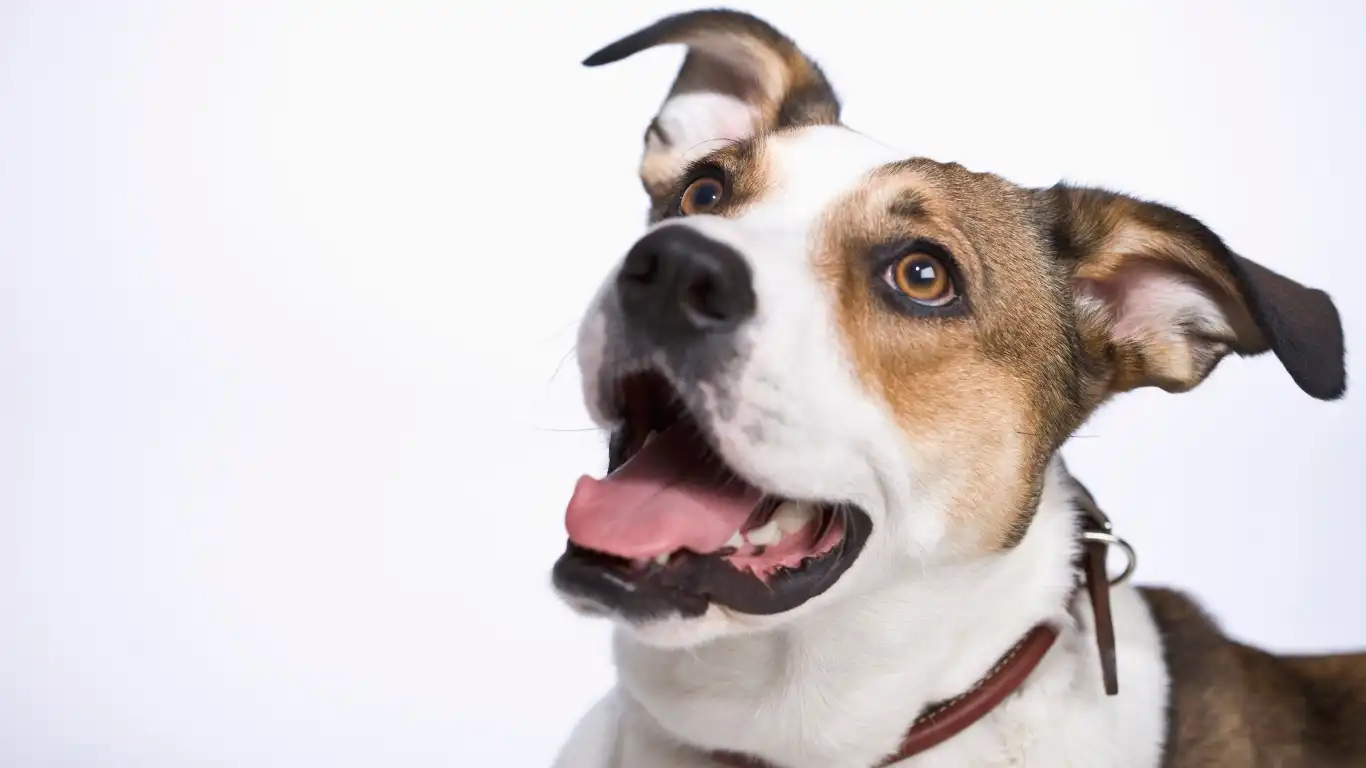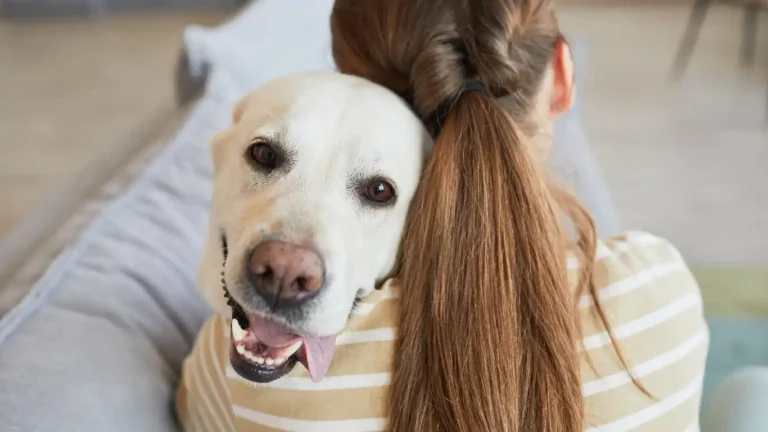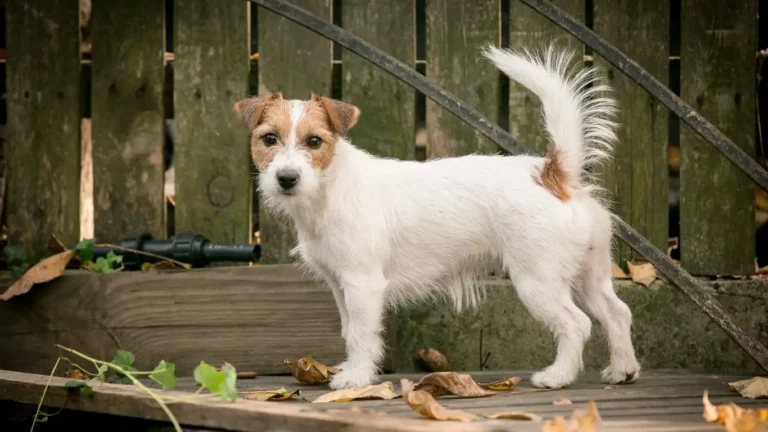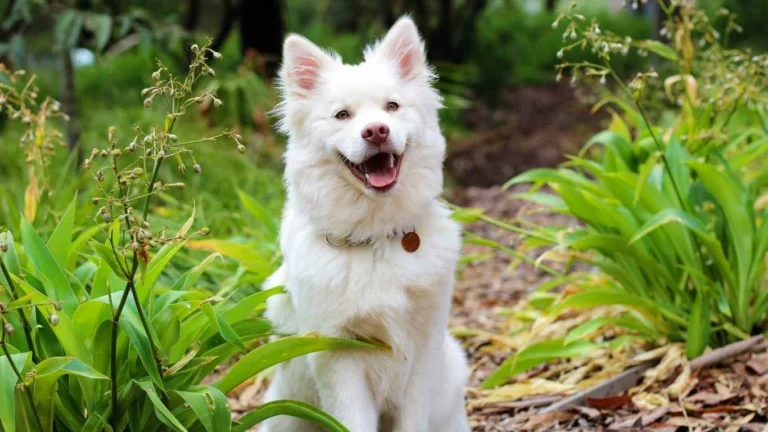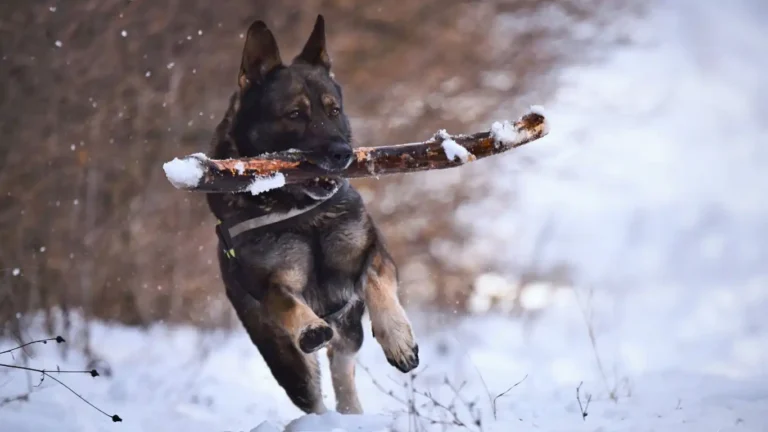Ultimate Guide on How to Keep a Dog Hydrated When Traveling
As a Veterinary Technician with a special focus on nutrition, I’ve come across all sorts of pet care questions over the years. One that pops up frequently, especially during holiday travel or weekend getaways, is how to keep a dog hydrated when traveling. It’s an important concern, and honestly, it’s something many dog owners don’t think about enough. Hydration is essential for your dog’s health, particularly when you’re on the move, whether you’re hitting the road for a road trip or flying to your destination. And let me tell you, it’s not just about giving them a bowl of water every few hours—there’s a lot more to it, and it all depends on several factors. So, let’s dive into why staying hydrated is so crucial, and how you can ensure your furry friend stays healthy while on the go.
Why Hydration Matters for Dogs, Especially When Traveling
As much as we like to think of our dogs as resilient and carefree, their bodies need just as much care and attention as ours—sometimes more, especially when it comes to hydration. Proper hydration is critical for a dog’s body to function optimally. It helps regulate body temperature, supports digestion, and maintains healthy circulation. Without enough water, dogs can easily become lethargic, suffer from dry skin, or even face more severe issues like kidney problems or heat stroke in extreme conditions.
But why does hydration become even more important when you’re traveling? Well, let’s be honest—traveling isn’t always the most comfortable thing for dogs. Whether they’re in the car, on a plane, or in a hotel room, dogs often experience stress that can affect their thirst cues. On top of that, traveling might throw off their usual routine, including their water intake. This can lead to dehydration without you even realizing it. And dehydration is sneaky—it doesn’t always show up immediately. That’s why it’s crucial to stay on top of your dog’s hydration levels while traveling.

Key Signs of Dehydration in Dogs
Knowing the signs of dehydration can be a lifesaver—literally. Dehydration can set in quickly, especially during travel, so it’s essential to recognize the early warning signs and take action fast.
Early Signs of Dehydration
- Dry Nose and Gums: A dog’s nose should generally be moist, and their gums should be pink and hydrated. Dryness in these areas is a telltale sign that something is off.
- Sunken Eyes: If your dog’s eyes look like they’re sinking into their face or seem unusually dull, dehydration might be the culprit.
- Loss of Skin Elasticity: Gently pinch the skin on the back of your dog’s neck. If it doesn’t bounce back quickly, they could be dehydrated.
More Severe Symptoms
- Lethargy: If your dog is sluggish and unwilling to move or play, it could be a sign that they’re not getting enough water.
- Increased Heart Rate: An elevated heart rate often accompanies dehydration as the body tries to compensate for the lack of fluid.
- Dry or Sticky Mouth: If your dog’s mouth feels unusually dry or sticky to the touch, that’s another red flag.
If you notice any of these symptoms, it’s best to act fast by offering water or, in severe cases, seeking veterinary care. Keeping your dog hydrated while traveling means preventing these situations from getting worse, and I can’t stress enough how vital it is to stay ahead of dehydration.
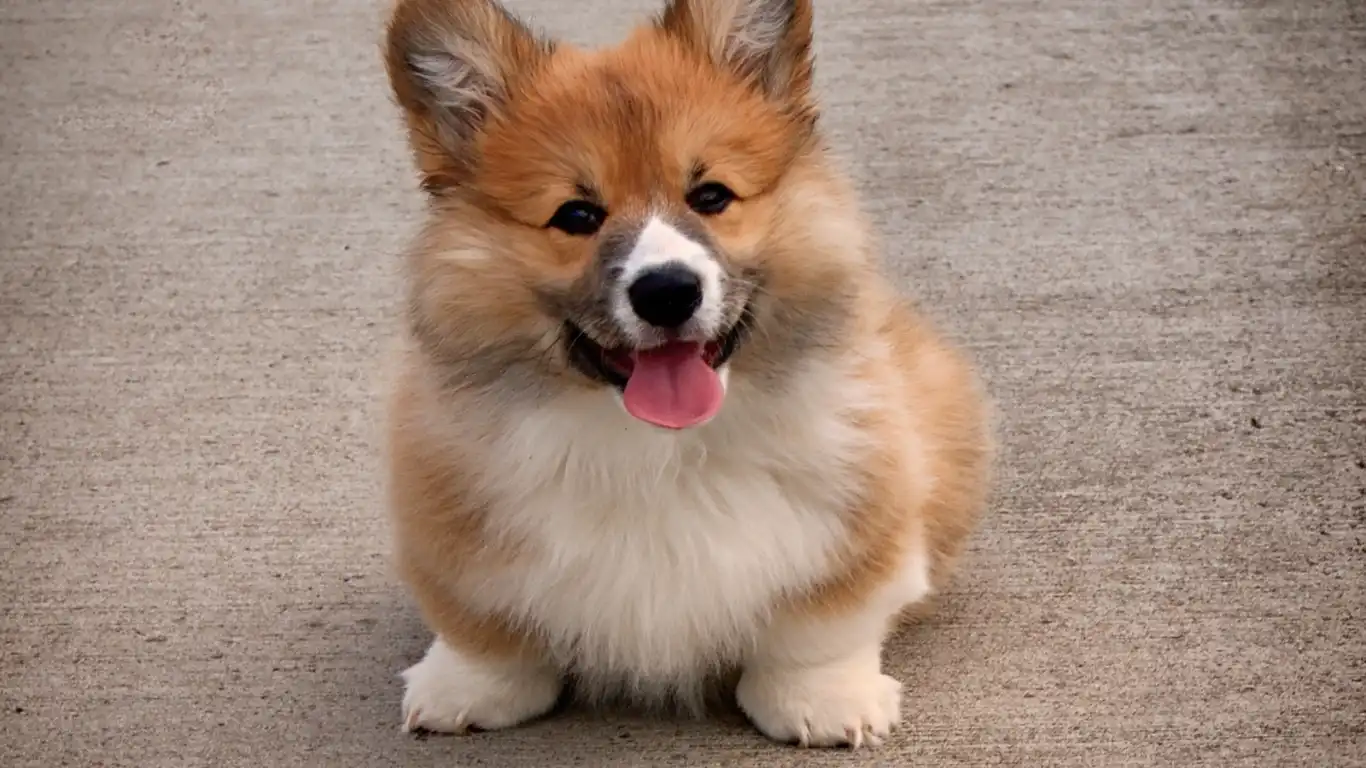
How to Keep a Dog Hydrated When Traveling: Tips and Tricks
Now that we understand why hydration is so important and how to spot the signs of dehydration, let’s get into the nitty-gritty of how to keep your dog hydrated on the go. These tips are based on my years of experience working with pets, and they’ll help make sure your dog stays happy, healthy, and hydrated during your next trip.
1. Invest in a Good Travel Water Bowl
One of the easiest and most effective ways to keep your dog hydrated while traveling is to use a portable water bowl. You might think any old bowl will do, but trust me—there’s a huge difference when it comes to convenience and spill prevention. I’ve found that collapsible water bowls are the best option for travel. They’re lightweight, compact, and easy to pack, which makes them perfect for road trips, hikes, or long days in the car. The added bonus? Most of them are spill-proof, so you won’t have to deal with soggy car seats or luggage.

2. Offer Water Frequently
Even if you’re only on the road for a couple of hours, it’s still important to offer water to your dog every 30 minutes to an hour. This might seem excessive, but it’s especially important in warmer weather or when your dog is traveling in an air-conditioned vehicle. The cool air inside a car can cause dehydration just as quickly as the heat outside, so regular water breaks are a must.
Keep in mind, though, that some dogs are pickier than others. If you have a dog that’s reluctant to drink while traveling, try adding a little low-sodium broth or a splash of water from their regular bowl to entice them. Sometimes a familiar scent or flavor can encourage them to drink more.
3. Plan for Frequent Stops
For longer trips, make sure to plan for regular breaks. It’s important to let your dog stretch their legs, use the bathroom, and get a drink. Not only does this prevent dehydration, but it also helps your dog avoid the discomfort of sitting still for long periods. If you’re flying, check to see if there are pet-friendly rest stops at the airport or consider flying during less busy hours when you can take breaks more easily.
Traveling with your dog can be a wonderful experience, but it does require some extra care and attention, especially when it comes to hydration. Keeping them hydrated will ensure they’re comfortable, healthy, and ready to enjoy the adventure with you!
How to Keep a Dog Hydrated When Traveling in Different Environments
We’ve covered some basic hydration tips for travel, but it’s also important to consider the environment in which you’re traveling. Whether you’re headed to the beach, hiking in the mountains, or spending the night in a hotel, your dog’s hydration needs can change depending on where you are and what activities you’re doing. Let’s take a closer look at how to adjust your hydration plan for different types of trips.
Traveling in Hot Weather
When it comes to keeping your dog hydrated during the warmer months, the stakes are higher. Hot weather can quickly lead to dehydration, and even more dangerously, heat stroke. If you’re planning to travel during the summer or in particularly hot areas, you’ll need to take extra precautions to keep your dog hydrated.
- Hydrate Before You Leave: One thing I always recommend to pet parents is making sure their dogs are well-hydrated before hitting the road. It’s so easy to overlook, but starting the trip off right with proper hydration can prevent a lot of stress down the road.
- Take Frequent Water Breaks: In hot weather, your dog will need more frequent water breaks. It’s best to offer water every 15 to 30 minutes if you’re traveling in the heat. If you’re on a long drive, plan your stops to give your dog access to water and shade.
- Keep the Car Cool: If you’re traveling by car, ensure that the air conditioning is on or the windows are cracked to keep things cool for your dog. Never leave your dog alone in a hot car—even for a short period—because the temperature inside can rise dangerously fast.
I’ve learned from experience that dogs are much more prone to dehydration when they’re in extreme heat. If you’re out hiking or at a beach, keep a portable water bottle for yourself, too. You’ll want to stay hydrated just as much as your dog!
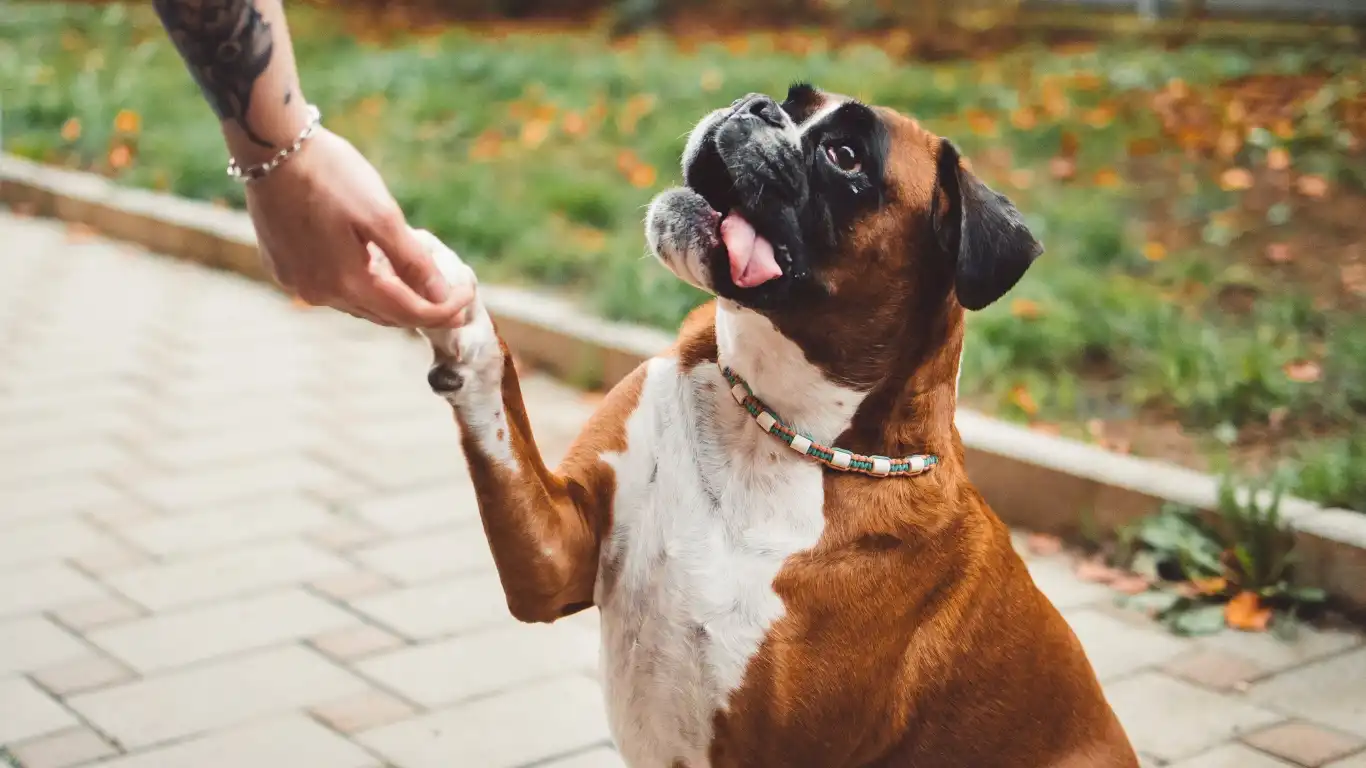
Traveling to Cold Climates
Cold weather can be tricky when it comes to hydration. A lot of people assume that because it’s not hot, their dog won’t need as much water, but that’s not the case. Dry, cold air can actually dehydrate your dog’s body without you even noticing. You’ll still need to make sure they’re getting enough water, even if they’re not panting or acting like they’re thirsty.
- Keep Hydration Regular: Just because it’s cold outside doesn’t mean you can skip on water breaks. It’s essential to offer your dog water regularly, especially during long walks or hikes in colder conditions.
- Watch for Ice or Snow Eating: Some dogs love to eat snow, but it’s important to remember that it might not be the best way to hydrate. Snow can contain harmful chemicals or dirt, and eating too much could lead to an upset stomach or even poisoning in some cases.
- Indoor Hydration: When staying in a cold-weather environment like a cabin or a wintery hotel, be sure to keep your dog’s water bowl in a place where it won’t freeze, and check it frequently to make sure it hasn’t turned into an icy block.
Cold air can dry out your dog’s skin and mucus membranes, which can lead to dehydration. Always keep an eye on your dog’s water intake when you’re in cold climates to make sure they stay well-hydrated.
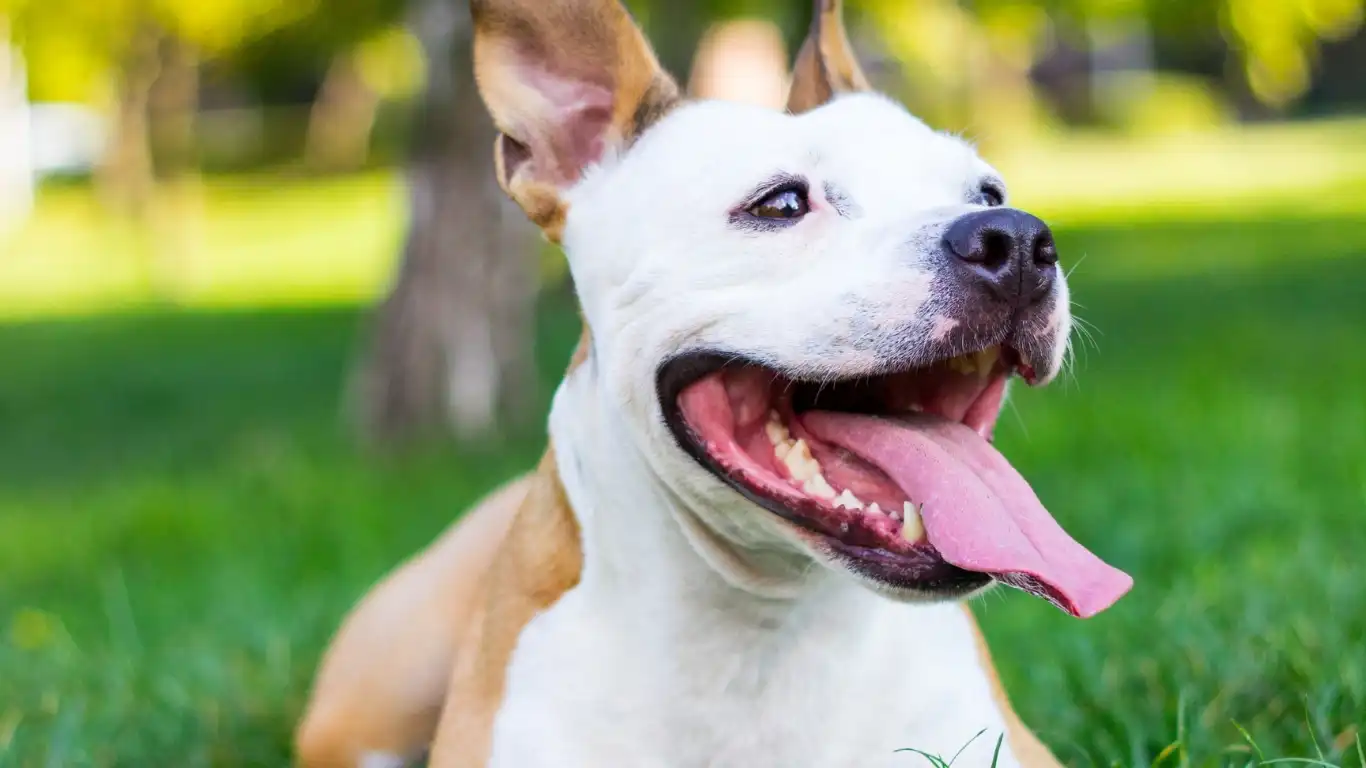
Dealing with Motion Sickness and Hydration
Another aspect of traveling that can affect hydration is motion sickness. Some dogs are more prone to getting carsick or experiencing other forms of motion sickness, which can lead to nausea, vomiting, and a reluctance to drink water. If your dog has ever experienced motion sickness, you know how it can derail their whole day—and make hydration even harder to maintain.
Tips for Hydrating a Dog with Motion Sickness
Thankfully, there are several ways to help your dog stay hydrated, even if they tend to get car sick:
- Small Sips Over Time: If your dog tends to get queasy, offer them small amounts of water every 15 to 30 minutes rather than giving them a full bowl. This prevents them from drinking too much at once, which could upset their stomach.
- Ginger for Nausea: Ginger is a natural remedy for nausea and motion sickness in dogs. You can try offering your dog some ginger snaps or a small amount of ginger in their food to help settle their stomachs before offering water.
- Keep Water Cool: Some dogs prefer cool or room-temperature water over warm water, so make sure their water is at the temperature they prefer. It might seem like a small thing, but it can make a huge difference in whether or not they’ll drink.
If you’re traveling with a dog that gets carsick, be patient and make sure to offer water frequently, even if it means only small amounts at a time. Motion sickness can be a challenge, but keeping your dog hydrated is still possible with a bit of planning.
Hydration During Flights
Flying with your dog is an entirely different ball game when it comes to hydration. Whether your dog is in the cabin with you or traveling in the cargo hold, dehydration can quickly set in during flights due to the dry air and stress of travel. Here’s what I’ve learned about keeping your dog hydrated during air travel:
In-Cabin Hydration Tips
If your dog is traveling in the cabin with you, the good news is you can keep a close eye on them and offer water whenever they need it. However, flights can still be dry and uncomfortable for your dog, so it’s important to stay vigilant:
- Bring a Spill-Proof Water Bottle: Many airlines don’t allow you to bring an open water bowl, but a spill-proof bottle or travel water dish can work wonders for keeping your dog hydrated.
- Give Water at Takeoff and Landing: Dogs can get especially thirsty during takeoff and landing because the changes in altitude and air pressure can affect their hydration levels. Try offering them water at these points.
- Keep the Cabin Cool: Airplanes can get warm and dry, which might make your dog more prone to dehydration. If you can, ask the flight attendants to adjust the air conditioning around your seat for your dog’s comfort.
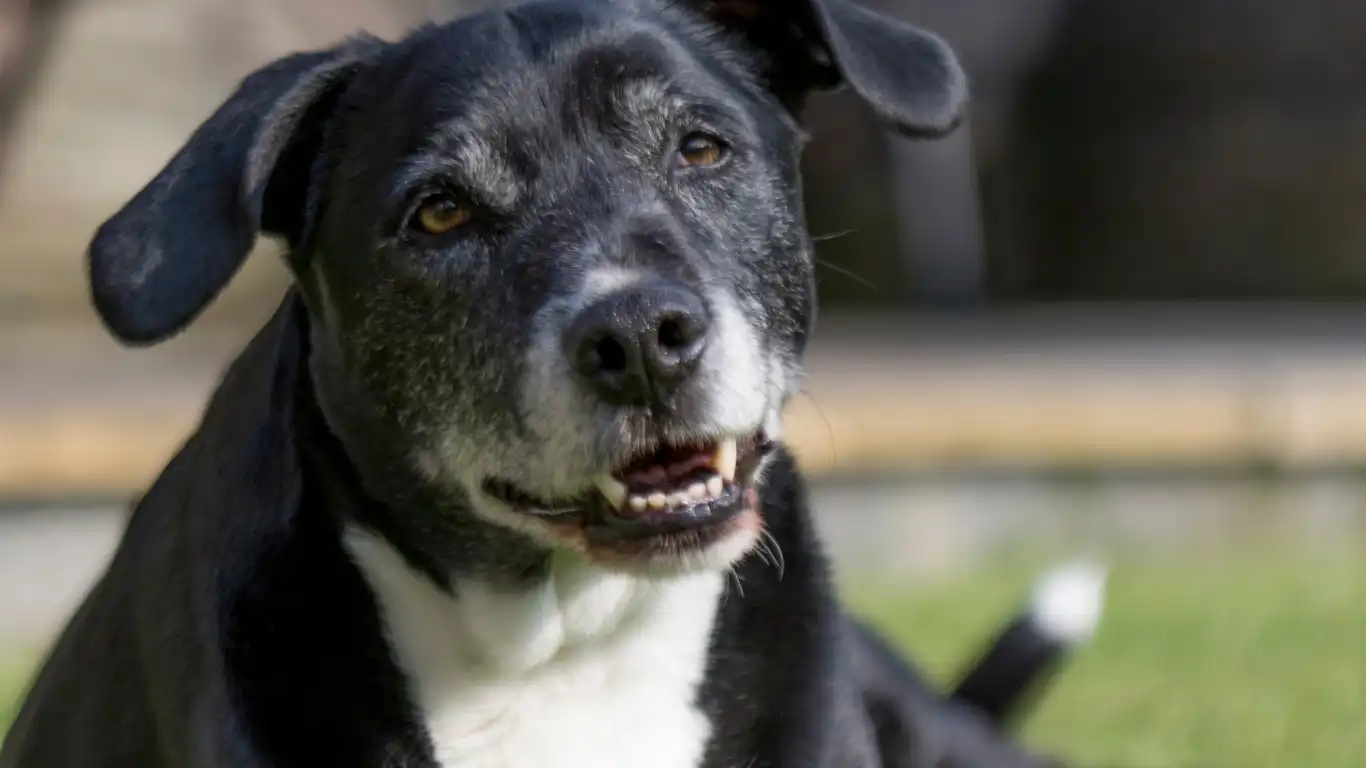
Cargo Hold Hydration Tips
For dogs flying in the cargo hold, keeping them hydrated is a little trickier. Most airlines will allow you to provide a water bottle attached to the crate, but be sure to check the airline’s policies in advance. Additionally, make sure your dog’s crate has plenty of ventilation and that they have a comfortable, familiar blanket or towel to reduce stress during the flight.
Flying can be stressful for your dog, so it’s especially important to keep their hydration up before and after the flight to help them recover from the journey. Stay calm and prepared, and your dog will have a much smoother travel experience!
Hydration During Rest Stops: Making Sure Your Dog Stays Refreshed
If you’re on a road trip, rest stops are a prime opportunity to keep your dog hydrated, get them some exercise, and just let them enjoy a break from the car. But it’s not just about letting them run around—it’s also about making sure they’re drinking enough water. Dogs, just like humans, need a chance to stretch and hydrate during long trips. Here are a few tips to maximize these stops:
Look for Pet-Friendly Stops
Not all rest stops are created equal, and some may not even have designated areas for dogs to roam. I recommend researching pet-friendly rest stops or parks along your route ahead of time. Websites like DogFriendly can help you find locations that will allow your dog to get out and stretch. Make sure to bring water with you for these stops so your dog can drink as soon as they get out of the car.
Take Time for Hydration
While it’s easy to just let your dog roam around for a few minutes, it’s essential to offer them water during these breaks. I usually bring a collapsible water bowl, which I always keep in my car, so I can offer it to my dog immediately. Don’t wait until your dog shows signs of thirst—offer water often, especially after they’ve been in the car for a while.
If you’re traveling in hot weather, make sure to keep water available throughout the stop. Just a few minutes in the sun can lead to dehydration, so keeping the water flowing is key. On colder days, it’s just as important, as dry air can lead to dehydration without you realizing it.

Dealing with Special Needs: Senior and Puppy Hydration
When traveling with senior dogs or puppies, their hydration needs may differ from those of an adult dog. As a veterinary technician, I’ve seen firsthand how important it is to tailor hydration practices to fit each dog’s age, health status, and activity level. Let’s take a closer look at the special hydration needs of puppies and senior dogs:
Senior Dogs
As dogs age, their bodies become less efficient at maintaining hydration. You may notice that your older dog is more prone to dehydration than when they were younger. This can be due to several factors, such as medical conditions (like kidney disease or diabetes), reduced activity, or even medications they’re on. That’s why it’s critical to offer water often and monitor their intake more closely while traveling.
- Frequent Bathroom Breaks: Older dogs might need more frequent bathroom breaks, especially if they’re drinking more water due to medication or health issues. Be sure to plan your trip with more stops to ensure they stay comfortable and hydrated.
- Monitor Their Intake: Senior dogs may not always show obvious signs of dehydration. Keep an eye on their behavior, and if you notice signs like dry gums, lethargy, or sunken eyes, offer water immediately and consider reaching out to your vet for guidance.
Puppies
On the other end of the spectrum, puppies have different hydration needs because they’re still growing and developing. Their tiny bodies can lose water more quickly, so it’s important to keep up with hydration even on short trips. Puppies can also be more susceptible to dehydration when they’re excited or anxious, which is common during travel.
- Offer Water Frequently: Puppies tend to play hard and nap hard, so it can be easy to forget that they need regular water breaks. Keep their water bottle or travel bowl handy, and offer water after play sessions or naps.
- Don’t Forget the Potty Breaks: Puppies, like older dogs, need to go to the bathroom frequently. Plan your trips with more stops, especially for bathroom breaks, to ensure they’re staying hydrated and comfortable.
Both senior dogs and puppies are more vulnerable to dehydration, so keeping them hydrated during travel is especially important. If you’re traveling with either, don’t hesitate to take extra steps to ensure their water needs are met.
When to Consult a Veterinarian About Your Dog’s Hydration Needs
While dehydration can usually be managed with some simple strategies, there are times when it’s important to consult a veterinarian. If your dog refuses to drink water despite your best efforts, or if they show severe signs of dehydration, such as vomiting, diarrhea, or very low energy, you need to reach out to a vet immediately. Severe dehydration can lead to serious health problems, and getting prompt treatment can make a big difference in your dog’s recovery.
Additionally, if your dog has pre-existing medical conditions, such as kidney disease, heart disease, or diabetes, they might have special hydration needs that require professional advice. Always talk to your vet before traveling with a dog that has health concerns, and ask about any extra hydration precautions you should take.
For more information about hydration and pet health, sites like PetMD and AKC offer great resources, and your vet can always provide tailored advice based on your dog’s specific health needs.

Disclaimer
The information provided in this article is intended to offer general advice on keeping your dog hydrated during travel. It is not a substitute for professional veterinary care. If you are concerned about your dog’s hydration or health, it is always best to consult with your veterinarian for personalized guidance. Hydration needs can vary depending on factors like age, breed, health conditions, and activity level, so it’s important to monitor your dog’s behavior and adjust your hydration plan as necessary.
Remember that traveling with your dog is meant to be fun for both of you, so with a little planning and extra attention to hydration, your dog can enjoy the journey as much as you do!
